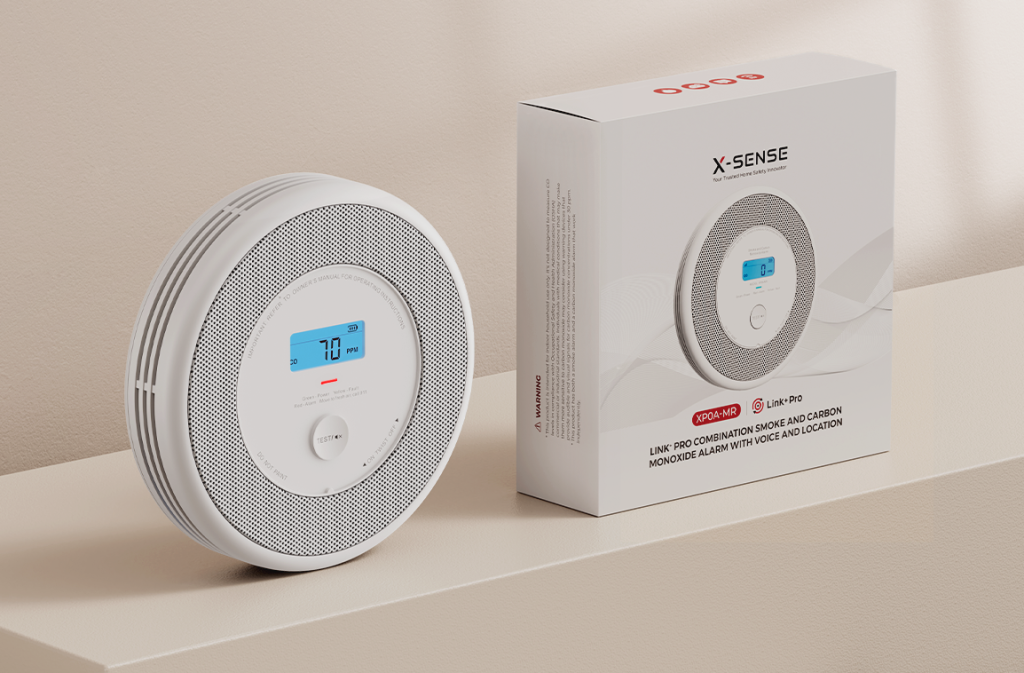The fast growth of the Internet of Things (IoT) has changed how devices communicate, handle data, and provide value across sectors. Choosing between edge computing vs cloud computing is one of the most important choices in IoT design nowadays. When processing the large amounts of data produced by IoT devices, both paradigms have particular benefits and challenges. Performance, scalability, and responsiveness are best optimized by knowing how every computing model works inside the IoT ecosystem.
What Is Cloud Computing in IoT?
In the IoT setting, cloud computing means storing and processing data on distant servers running on the internet. IoT devices gather data and transmit it to centralized data centers, where strong processors examine it and offer insights. You can explore real-world examples and implementation strategies by following this link to IoT.
Tasks needing significant computing, large-scale analysis, or long-term data storage benefit greatly from this architecture. Without significant physical hardware investment, cloud infrastructure lets businesses quickly grow their IoT solutions. Centralized processing also helps predictive analytics and machine learning applications, hence improving decision-making processes.
Latency, though, can be a problem. Real-time decision-making becomes challenging when data travels great distances to and from the cloud, which is a major disadvantage in applications demanding quick response—such as autonomous cars or industrial automation.
What Is Edge Computing in IoT?
On the other hand, edge computing pushes the power of processing nearer to the data source. Edge computing allows processing to take place on the device itself or on a nearby local server rather than transferring data back and forth to a centralized server.
Practically speaking, this implies IoT devices can react more quickly since data transfer causes minimum delay. Particularly in scenarios where real-time performance is crucial—such as in manufacturing robots, medical equipment, or smart surveillance systems—this approach is helpful.
Edge computing lowers bandwidth consumption and improves privacy by minimizing sensitive data exposure since it handles only required data locally and sends chosen information to the cloud.
Edge Computing vs Cloud Computing: Core Differences
The cloud vs edge computing debate essentially centers around where data processing occurs and how that impacts performance. Below are the primary differences:
|
Aspect |
Cloud Computing |
Edge Computing |
|---|---|---|
|
Location of Processing |
Centralized data centers |
At or near the data source |
|
Latency |
Higher due to data transmission delays |
Low, ideal for real-time applications |
|
Bandwidth Usage |
High due to large data uploads |
Lower, as data is filtered at the edge |
|
Security |
Centralized, scalable but prone to breaches |
More localized, reducing exposure |
|
Scalability |
Easily scalable |
Limited by local device resources |
|
Use Case Examples |
Data analytics, storage, training models |
Real-time control, offline capability |
Each model fits different types of IoT applications. Cloud computing excels in tasks requiring historical data analysis and long-term storage. In contrast, edge computing is the go-to choice for time-sensitive applications.
Use Cases: When to Use Cloud and When to Use Edge
Selecting between edge and cloud computing for an IoT solution depends heavily on the use case.
Cloud Computing is ideal for:
- Smart agriculture: Analyzing crop and weather data over months or years.
- Smart cities: Collecting and analyzing traffic data for infrastructure planning.
- Home automation: Managing routine device communication with the cloud for updates and commands.
Edge Computing is better suited for:
- Industrial IoT (IIoT): Machinery that needs instant feedback loops for operation and safety.
- Healthcare devices: Wearables that track vitals in real time and alert users of abnormalities.
- Retail: Smart shelves or checkout systems that respond instantly to customer actions.
The Hybrid Approach: Merging Cloud and Edge
As the IoT ecosystem develops more complex, many companies are now utilizing a hybrid approach that combines edge and cloud computing. This architecture leverages the strengths of each: edge devices control real-time data processing, while the cloud manages in-depth analytics and long-term storage.
For real-time navigation and accident avoidance, an autonomous vehicle, for instance, might apply edge computing while transmitting trip data to the cloud for route optimization and software updates. Similarly, smart manufacturing systems can use edge computing to avoid downtime and cloud computing to track production trends.
A hybrid approach typically ensures cost-efficiency, improved performance, and more resilience to connectivity issues. It also provides flexibility; depending on system requirements, developers can alter which processes run at the edge and which move to the cloud.
Key Considerations for Choosing Between Edge and Cloud
When deciding between edge and cloud computing in IoT, consider the following factors:
- Latency Requirements
If your application demands near-instant responses, edge computing is more appropriate. - Bandwidth Constraints
In environments with limited internet access, edge computing helps minimize data transmission costs. - Security and Compliance
Edge devices can enhance privacy by avoiding continuous cloud uploads of sensitive data. - Scalability and Maintenance
Cloud computing offers greater scalability and centralized control, which is beneficial for growing networks. - Cost Implications
Cloud infrastructure can be more cost-effective for large-scale systems but may incur ongoing subscription or data transfer fees. Edge computing often requires higher upfront investment in hardware but may save on data costs.
Future Trends: Edge and Cloud in Evolving IoT
Edge and cloud computing will probably work more in concert in IoT’s future. Low-latency communication will enable even more fluid integration of edge and cloud capabilities as 5G networks spread. Edge artificial intelligence, sometimes known as edge AI, is become more strong, allowing devices to handle more complicated activities without depending on distant servers.
Distributed cloud solutions are also emerging; these let cloud services be provided from several sites, hence blurring the barrier between conventional cloud and edge infrastructure. These patterns suggest a future in which computing resources are assigned dynamically depending on performance needs, security policies, and data kind.
Final Thoughts
Though they play different functions, both edge and cloud computing are essential for IoT success. Edge computing guarantees speed, dependability, and responsiveness while cloud computing offers the backbone for storage, analytics, and scaling. Often, the perfect answer is a compromise between the two depending on your particular requirements.
As businesses design and implement IoT systems, understanding the distinctions between edge computing vs cloud computing will lead to smarter decisions and better-performing solutions. And in many cases, combining both approaches creates the most efficient, secure, and scalable architecture.
To explore more about developing custom IoT systems using cutting-edge technology, visit the Vakoms company.











